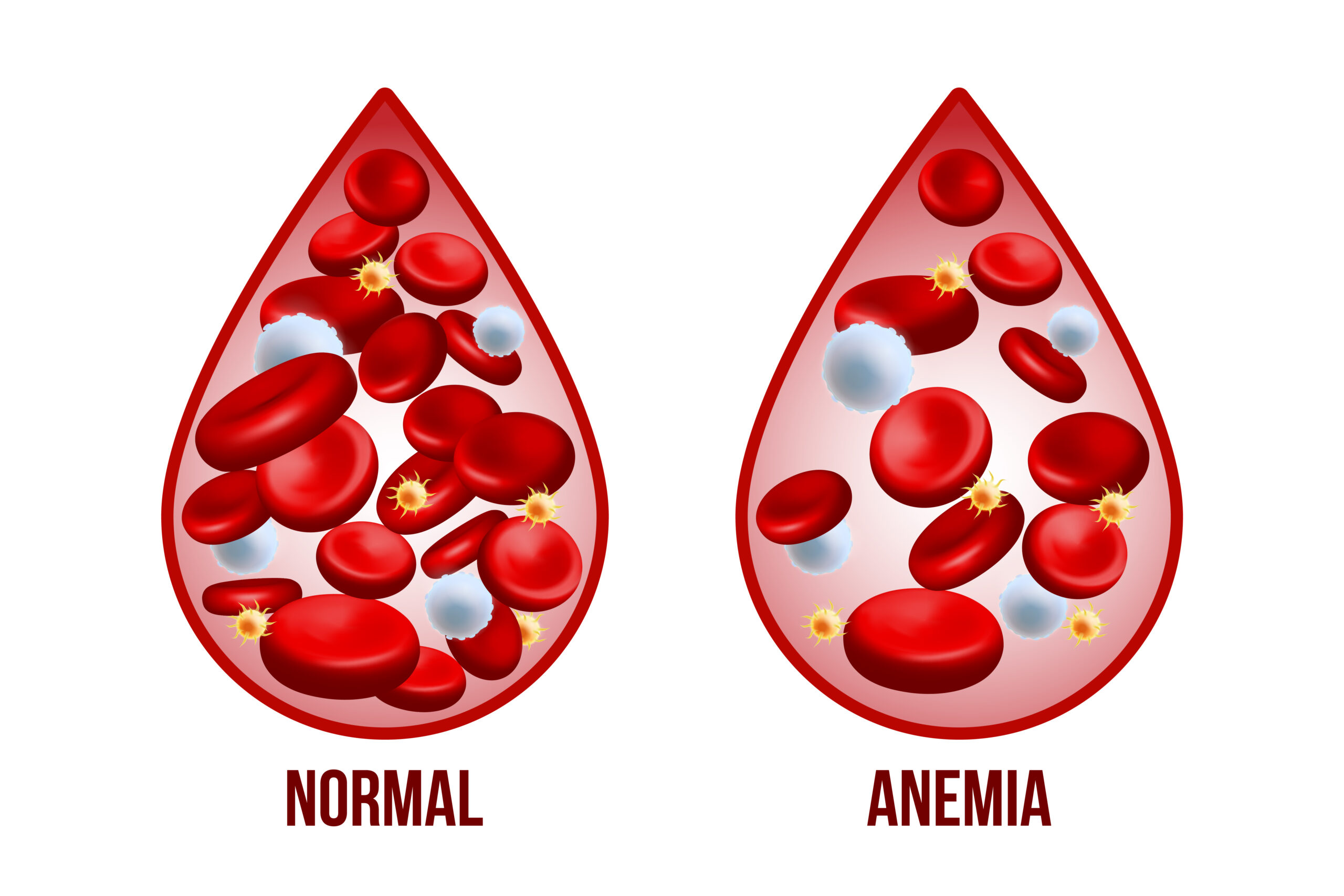What Is Aplastic Anemia?
Aplastic Anemia is a rare blood disorder. In this condition, the bone marrow does not make enough new blood cells. As a result, the body cannot fight infections well. Also, it may not stop bleeding easily. This makes Aplastic Anemia a serious health issue. Early diagnosis and proper treatment are important. Many people want to know about Aplastic Anemia treatment options. Understanding the basics helps you make informed choices.
Common Symptoms and Causes
Often, symptoms of Aplastic Anemia appear slowly. However, they can also develop quickly. Watch for these signs:
There are many causes of Aplastic Anemia. Sometimes, the immune system attacks the bone marrow by mistake. Other times, it may result from:
Still, in many cases, the cause is unknown. But knowing the symptoms and causes helps in early detection.
How Is Aplastic Anemia Diagnosed?
Doctors use several steps to diagnose Aplastic Anemia. First, they ask about your symptoms and medical history. Next, they do a physical exam. After that, they order blood tests. These tests check the number of red cells, white cells, and platelets. If the counts are low, more tests follow. For example, a bone marrow biopsy is often needed. In this test, a small sample of bone marrow is taken and checked under a microscope. This helps confirm the diagnosis. Early diagnosis leads to better treatment results.
Aplastic Anemia Treatment Options
There are several ways to treat Aplastic Anemia. The best choice depends on your age, health, and the cause of the disease. Here are the main Aplastic Anemia treatment options:
Medical Therapies
Doctors often start with medicines. These can help the bone marrow make more blood cells. Common therapies include:
Sometimes, these medicines work well. However, not everyone responds the same way.
Bone Marrow Transplant
For some people, a bone marrow transplant is the best option. In this treatment, healthy stem cells from a donor replace the damaged bone marrow. This can cure Aplastic Anemia in many cases. But, it is a complex procedure. It works best in younger patients with a matched donor. Risks include infection and rejection. Still, it offers hope for a long-term cure.
Supportive Care
Supportive care helps manage symptoms and prevent problems. This may include:
While these do not cure Aplastic Anemia, they improve quality of life. Supportive care is often used along with other therapies.
Emerging Treatments
Researchers are always looking for new ways to treat Aplastic Anemia. New drugs and therapies are being tested in clinical trials. For example, some studies focus on gene therapy or new immune treatments. These may offer more options in the future. Ask your doctor about the latest advances and if clinical trials are right for you.
Lifestyle Guidance and Self-Care Tips
Living with Aplastic Anemia can be challenging. However, some simple steps can help you stay healthy:
With these tips, you can lower your risk of problems and feel better each day.
Prevention and Prognosis
It is not always possible to prevent Aplastic Anemia. But, you can lower your risk by avoiding harmful chemicals and radiation. Also, get regular check-ups if you have a family history of blood disorders. The outlook for Aplastic Anemia has improved in recent years. Many people respond well to treatment. However, the prognosis depends on age, cause, and how severe the disease is. Early treatment leads to better results. Stay in touch with your healthcare team for the best care.
Conclusion
Aplastic Anemia is a serious but treatable condition. Many Aplastic Anemia treatment options are available today. With the right care, many people lead active lives. Consult a hematologist for personalized advice on Aplastic Anemia treatment options.
